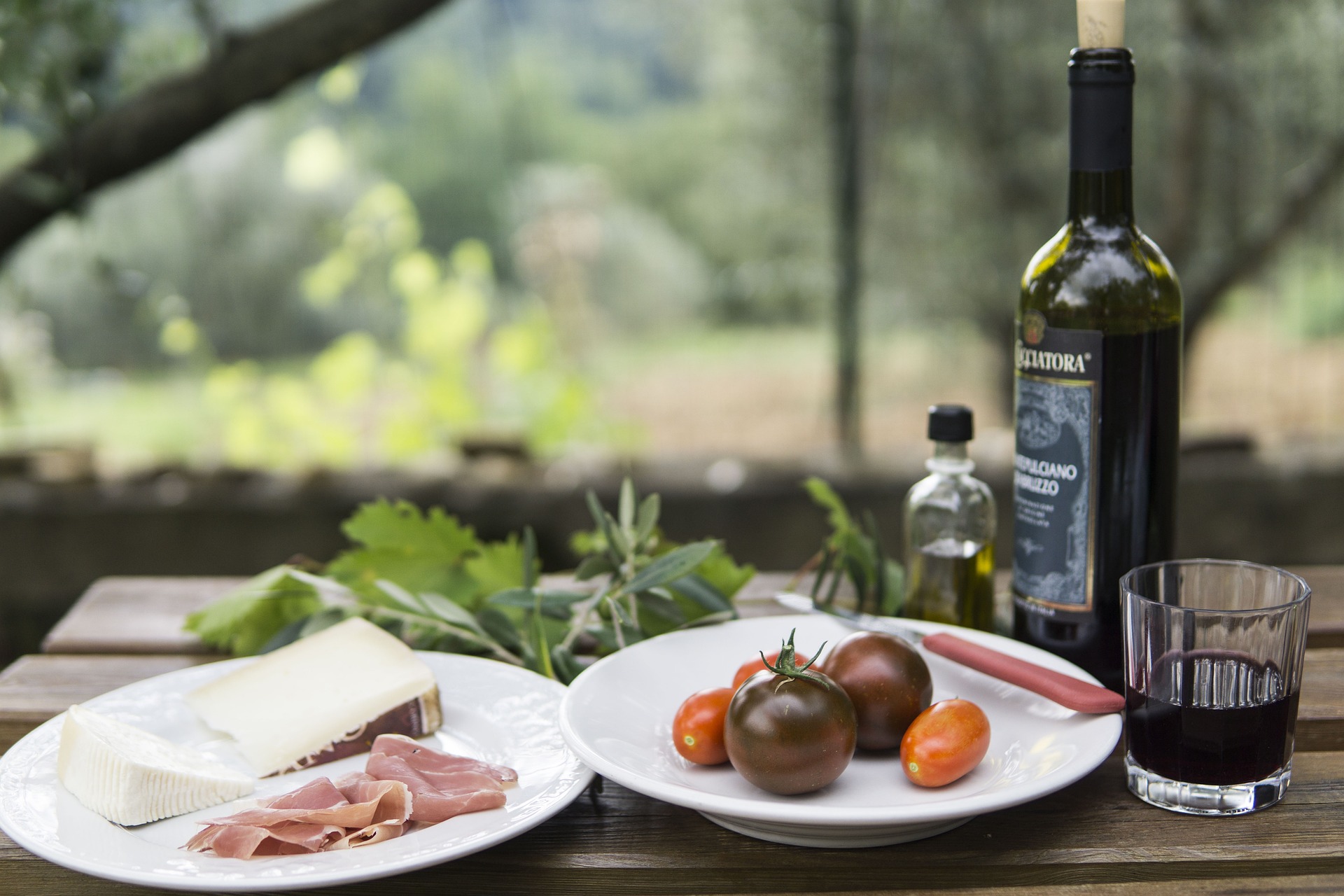From Beets to Burgundy: Understanding the Art of Vegetable Wines
Home brewing beer and fermenting grapes for homemade vino is a familiar hobby for many. But what about making wine from vegetables? This innovative trend in drink crafting is introducing flavors that range from the sublime to the utterly unconventional.

The Rise of Veggie Vintages
The craft of transforming vegetables into wine has piqued the curiosity of adventurous wine enthusiasts. This trend is not just about substituting grapes with vegetables, but rather exploring the spectrum of flavors that comes with every vegetable. From sweet parsnip to earthy beetroot, the possibilities are endless.
Rooting Down: How It’s Made
Vegetable wines are made in much the same way as traditional wines. The chosen vegetable is fermented with yeast, allowing sugars to convert into alcohol. Thanks to the vegetables’ unique flavors, the resulting wine can be anything from refreshingly light to heartily robust.
The Flavorsome Line-Up
Where the “vino-vegetable” world brims with creativity is the wide range of flavors. Parsnip wine is smooth and slightly sweet, resembling a dessert wine, while beetroot wine flaunts an earthy, full-boded flavor. Onion wine brings a surprising depth, offering a unique tang that pairs well with spicy food.
Savoring the Cabbage Cabernet
The intriguing world of veggie wines opens a pandora’s box for pairing possibilities. Imagine a peppery sweet bell pepper wine alongside a zesty taco or robust beetroot wine paired with a hearty steak - the opportunities for culinary exploration are as wide as your vegetable drawer.
Going Green: Sustainability Highlights
Vegetable wine making presents an excellent way to reduce food waste by upcycling surplus veggies. Plus, it’s more sustainable than traditional wine production, which requires large vineyards and significant water usage.
Nuggets of Knowledge:
- Vegetable wines typically have a lower alcohol content than traditional wines.
- Veggies rich in starch, like potatoes, yield a higher alcohol content.
- Vegetable wine making is an ideal way to use overripe or slightly bruised veggies.
In the end, vegetable wines offer an accessible entry point into the art of winemaking. Furthermore, they bring a sense of fun, innovation, and sustainability into a tradition-steeped pastime. Whether you’re a curious foodie, an avid home-brewer, or a sustainable gastronome, this up-and-coming trend invites you to see your veggies in a whole new light – and color. So why not raise a glass to the humble vegetable and celebrate the marvelous, the extraordinary, and the deliciously unexpected?




